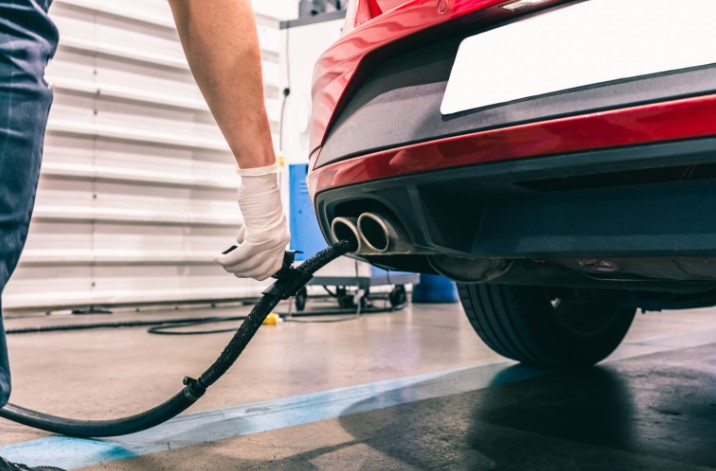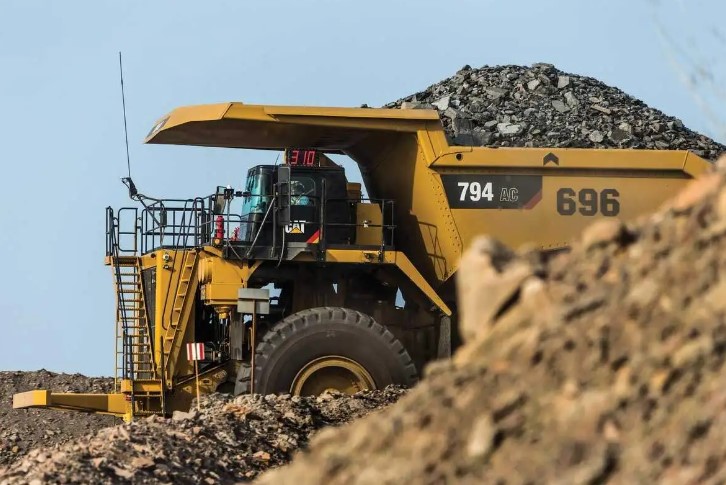‘I can’t move my car’: Americans struggle as vehicle expenses rise | US news
At the Lehigh Valley Mall, on the outskirts of Allentown, Pennsylvania, Tony Saba is already feeling the impact of the rising cost of gas.
“The price is going up to hell,” he said. “I cannot move like before. My car is in my garage. I can’t move it because I have no money.”
Saba, a 70-year-old retiree, used to drive to the mall. He doesn’t go in any of the shops or restaurants – he just likes to sit in the comfy armchairs and chat with his friends.
Now his car is out of commission, and he still wanted to come to the mall. But the bus takes too long, and is too expensive. So he called a friend, who picked him up.
Saba’s story, in a nutshell, illustrates the problem many in America face. Owning and operating a car is getting more and more expensive as the oil price rises. The Russian invasion of Ukraine – and a resultant ban on Russian oil – will probably make things worse. But the US’s largely ineffective public transport means Americans have little choice but to use their cars. In the majority of the US, Americans need their vehicles to work, shop, study and survive.
It’s a reliance that dates back decades.
“In the US we really saw an increase in automobile use in the post-world war two period, the baby boom generation. At that point in time, we had this new availability of relatively inexpensive mass-produced automobiles, this is the first time that people from middle income households can purchase a motor vehicle,” said Gregory Rowangould, the director of the Transportation Research Center at the University of Vermont and an associate professor in civil and environmental engineering.
“And at the same time you have soldiers returning from world war two, starting families, we have a huge population boom, so there’s also a need for more housing.”
At the time many cities were polluted, noisy and generally less attractive, Rowangould said. It led to a boom in the construction of suburban housing: cars and the suburbs went hand in hand.
“That has just been a pattern in the US that, once started, it’s been really persistent.”
The construction and planning of these new suburbs rarely included viable bus or train options. Many new neighborhoods didn’t have walkable amenities either. Now, people needed cars to go shopping, or take their kids to the swimming pool, and certainly to get to work.
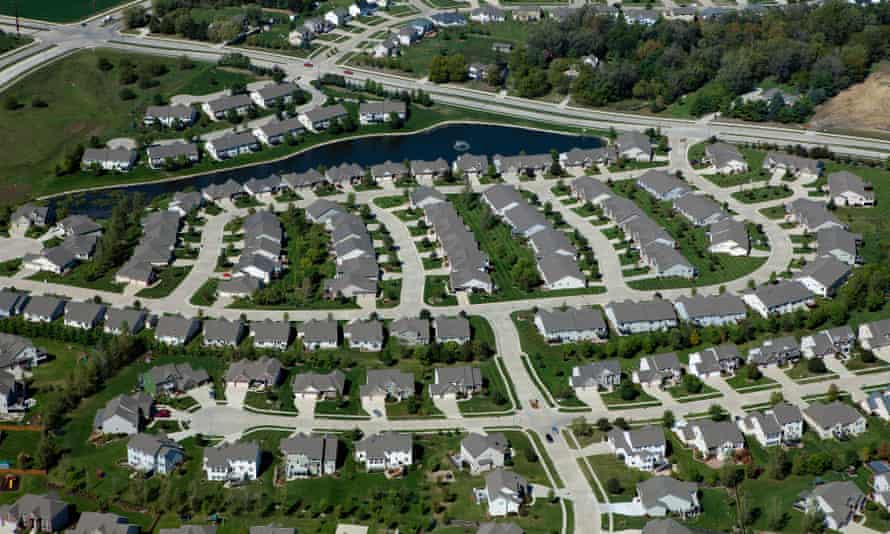
It’s a legacy that has endured. Americans drive much, much more than other nationalities.
In 2019 American motorists drove an average of 14,263 miles a year, according to the US Department of Transportation. That puts the US at the top of the list in terms of miles driven, and it isn’t even close. In the next highest country, Canada, people drove an average of 9,562 miles a year in 2018. The average car in the UK was driven for 7,134 miles in 2019.
America’s reliance on cars and the current increase in gas prices will disproportionately affect those already struggling, Rowangould said. Lower-income households are forced to devote a larger share of their budget to transportation than wealthier households.
“They’re more likely to own a vehicle that’s less fuel efficient and older, they have less ability to be able to purchase an electric vehicle, so it’s more difficult to acquire more fuel-efficient vehicles,” Rowangould said.
In Pennsylvania the grassroots group Pittsburghers for Public Transit has called for investment in public transport to match the amounts spent on roads. According to a recent report by the group, 80{64d42ef84185fe650eef13e078a399812999bbd8b8ee84343ab535e62a252847} of federal transport funding goes to highways, and only 20{64d42ef84185fe650eef13e078a399812999bbd8b8ee84343ab535e62a252847} to public transit.
Laura Chu Wiens, executive director of PPT, said the disparity has perpetuated America’s car dependency, and communities of color have suffered the most. “The households that are most reliant on public transit, or don’t have easy access to a car, are disproportionately low-income households, unsurprisingly, black households, undocumented immigrants,” Chu Wiens said.
Most American cities have some form of bus service. But travel can frequently involve people having to take multiple buses, or trains, just to get to work – something which has serious consequences. It can also be unsafe due to poor transit investment. “They’re profoundly unsafe and undignified settings in which we ask transit riders to exist. And then not only that, we penalize them through things like fares for having worse-quality trips,” Chu Wiens said.
A 2017 study by Harvard University found that commuting time was the most important factor in escaping poverty. As the New York Times put it: “The longer an average commute in a given county, the worse the chances of low-income families there moving up the ladder.”
But even among those who own a car, many don’t enjoy driving, said Christof Spieler, director of planning at the Huitt-Zollars engineering company and author of Trains, Buses, People: An Opinionated Atlas of US and Canadian Transit.
“For a lot of people their commute is the most miserable part of their day,” Spieler said.
Americans in favor of better public transport, and its benefits, may look to Europe or east Asia, where there are functioning subways, trams, bus systems and bike paths, and see little hope that the US will ever have the same.
Car culture is too entrenched, some believe. There’s no money to build railways. But people shouldn’t be so quick to admit defeat, Spieler said.
“One mistake a lot of people make is when they make the comparison to Japan, or they make the comparison to Europe, they assume these outcomes were much more inevitable than they were,” he said.
“But in the United States we could easily have made different choices. If you look at Europe, a lot of places actually look like they were headed in the American direction.”
Cities such as Amsterdam and Copenhagen are seen as incredibly bike friendly today, Spieler said, but in the 1960s “cars took over those cities”. The difference in those places is that there was “a moment of serious readjustment that happened in the 1970s and 80s of going in a different direction”.
Another argument is that the sheer size of the US means public transport wouldn’t work. Anyone who has experienced Amtrak’s cross-country services – the rail company offers little-used, days-long trips from Los Angeles to New Orleans, and Chicago to Florida – can attest to the problems of scale.
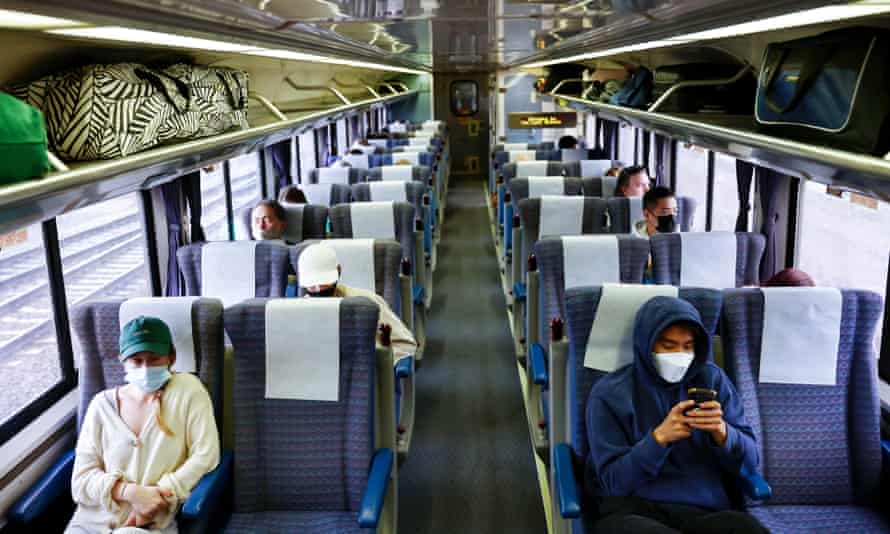
But having working public transport isn’t about linking the whole country, or about forcing bus routes down the throats of tiny villages.
“There are some places where owning a car really is the right answer. A rancher in Wyoming really should own a car, or a pickup,” Spieler said.
Most people are not ranchers in Wyoming, however. There are more than 50 cities in the US that have a metropolitan population of more than 1 million people, according to the 2020 census.
Many of the people in those areas live in homes in the suburban sprawl, rather than in the city itself, however, and to really successfully implement a shift away from cars, some believe there has to be a shift in the very way we live – by moving people back towards the center of cities.
“If we really want to move the needle on this, we are talking about people’s lives changing and we are talking about people living differently, and I don’t want to understate that,” Spieler said.
Adie Tomer, Senior Fellow at Brookings Metro who leads the organization’s Metropolitan Infrastructure Initiative, agreed that there was a need to change the way people live.
People moving towards cities from the suburbs has to happen, Tomer said, and better rail and bus networks will follow.
It might seem unrealistic, but there is hope. Tomer said that while suburbs, as it stands, “have won the day”, that doesn’t mean that, if given the choice, people would always choose a suburban life.
“Cities are just cool in America,” Tomer said. “And that is still present in our culture, but our actual development doesn’t actually reflect that.
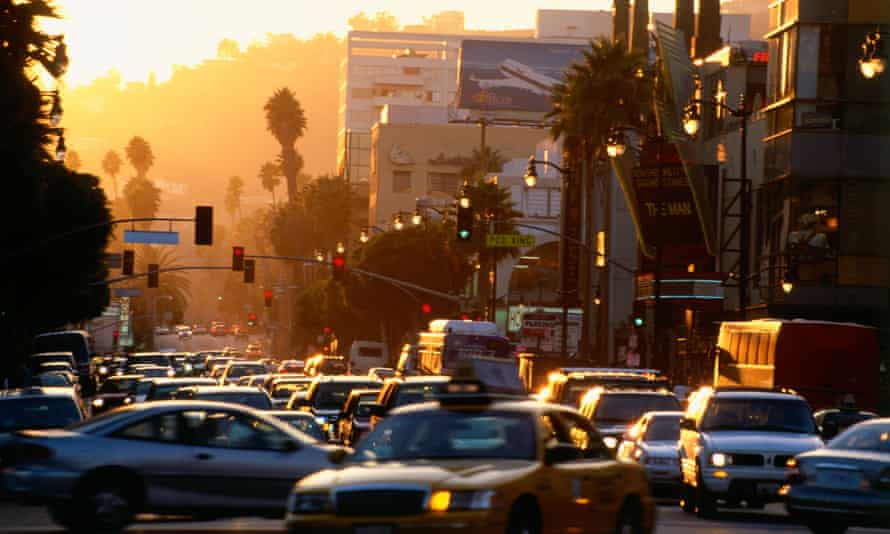
According to Tomer, a “political window has opened”, caused by the gas prices surge, which could potentially lay the path for changes in how people understand living and transport.
In a recent poll more than 60{64d42ef84185fe650eef13e078a399812999bbd8b8ee84343ab535e62a252847} of Americans said they were willing to suffer higher gas prices in order to continue to support Ukraine, a victory for Joe Biden, who has acknowledged that US support for Ukraine will mean prices continue to rise.
Meanwhile some experts have suggested the spike in prices could serve as a wake-up call for the public and politicians to move away from a reliance on oil, and towards greener transport methods.
“If there is real American conversation that is different from what we’ve had in almost 40 years, about conservation, taking public transit for energy reasons, it could be a different moment,” Tomer said.
“Transportation is our number one source of greenhouse gas emissions in the US. That’s different than any of our peers. So there could be a window here to at least start to change the trajectory of the conversation.”
With gas prices unlikely to fall anytime soon, a shift away from America’s car dependency, and serious investment in public transport would not just benefit the environment, but also the millions of Americans who are struggling financially.
An improvement in transport would mean people could get to work quicker, or take their children out for the day.
For others, like Tony Saba, it would simply make it easier to take a trip out to the Lehigh Valley Mall.
“I used to come here every day. I would call a friend and say: ‘Meet me in the mall,’” he said.
“I like it here. It’s social. It’s a nice life.”

